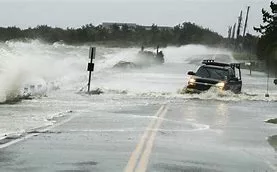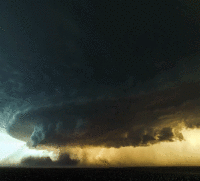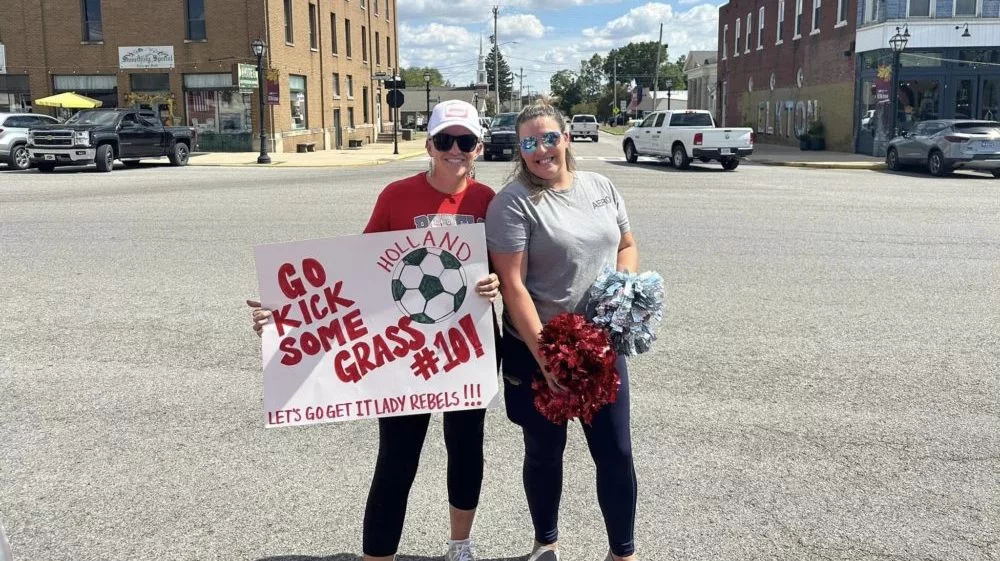
Tropical cyclones, including hurricanes and typhoons, are now crawling across the planet at a slower pace than they did decades ago, dragging out and amplifying their devastation, new research published this month shows. At the same time, related research published just last month suggests that warming temperatures from climate change will slow storms more in the future. Now, I have never denied that our climate is changing. But my opinion is that, while man made changes have some impact, I and others believe it is more likely a natural cycle of weather over the course of many decades…even hundreds of years.

For instance, it is historical fact that the earth has been warmer than it is today. During the medieval times the earth was warmer. England was warm enough to grow grapes and was known for the wine it produced. The global warming scientist left that out of their data for some reason…could it be because it was not man made? The Vikings lived in Greenland two thousand years ago when it was pastures. That is why it was called Greenland. One reason for the dark ages was because they had to leave Greenland when it iced over. There is no model of the temperatures on Earth from it’s formation to the present.
All evidence shows it goes through cycles. Areas of vast deserts now used to be lush forests. Areas of lush forests were once vast deserts. Sea Shells can be found almost everywhere, even 1500 miles from the nearest ocean, indicating changes in water distribution, and flooding (or it could be the “great flood”). Quite simply, no one can scientifically state what the normal earth cycle climate is supposed to be. Therefore, it is scientifically impossible to show man made change. The Earth seems to go through big natural cycles of Hot and Cold about every 500 years and 1,500 years, and 100,000 years. The earth has climate temperature ups and downs, only about 50 years ago people were saying we were going into another ice age, now everything is too hot.

Climate change is being blamed on the slowdown of weather systems across the globe but more specifically tropical systems and hurricanes. While having a cyclone travel with less speed may seem like a good thing, it’s actually just the opposite. Wind speeds within the storm remain high, but the whole system itself moves slower across the landscape, allowing punishing rains to linger longer over communities. Taken together, these two studies suggest that climate change is already increasing the dangers posed by hurricanes and typhoons in far more ways than previously thought, and it will continue to compound many of the hazards, especially the threat of severe flooding. “Nothing good comes out of a slowing storm,” says James Kossin, with the National Oceanic and Atmospheric Administration’s Center for Weather and Climate in Madison, Wisconsin, and author of the first paper, published in the journal Nature.

“It can increase storm surge. It can increase the amount of time that structures are subjected to strong wind. And it increases rainfall.” In the wake of Hurricane Harvey’s torrential rains, which dumped several feet of water on sections of Houston, Texas, last August, scientists showed that warmer sea and air temperatures pumped more moisture into the storm—which then fell as rain. Climate change increased both the intensity of the rainfall and the likelihood that the storm would occur. An editorial accompanying Kossin’s work, points out that it raises several new questions. For instance, if exceptionally slow-moving storms have grown more likely in recent years, does that mean “stalled” storms like Harvey—which seemed to get stuck in place for days—are increasing, too?

Given that storms in some regions are migrating poleward and already increasing in intensity, cyclones delivering unusually powerful bouts of rain may threaten places not normally in their path. “These are not good things to be combining,” he says. In the second study, published in the Journal of Climate, a team led by Ethan Gutmann, with the National Center for Atmospheric Research in Boulder, tried to see how 22 hurricanes that hit in the last 13 years might be different if they hit in the future under a warmer climate. By plugging storm data into computer models representing a future with temperatures that are up to five degrees warmer, they found that these cyclones moved 10 percent slower and were far, far wetter. Rainfall, on average, increased 24 percent.

But, is it possible that other storm systems that are not tropical are also moving slower? One recent example is from April 14, 2018 when deadly slow-moving storms generated record snowfall and low temperatures in the U.S. Midwest leaving stranded airline travelers and thousands without power. If a general slowdown of weather systems is what is occurring, then we have a future that may include more powerful and high impact disasters waiting. Keep in mind, the hypothesis that the warming of the climate is causing the slowdown cannot be proved at this point. But it certainly highlights the need for continued research into the connections between tropical cyclones and climate, showing it is essential to understanding and predicting risk.





